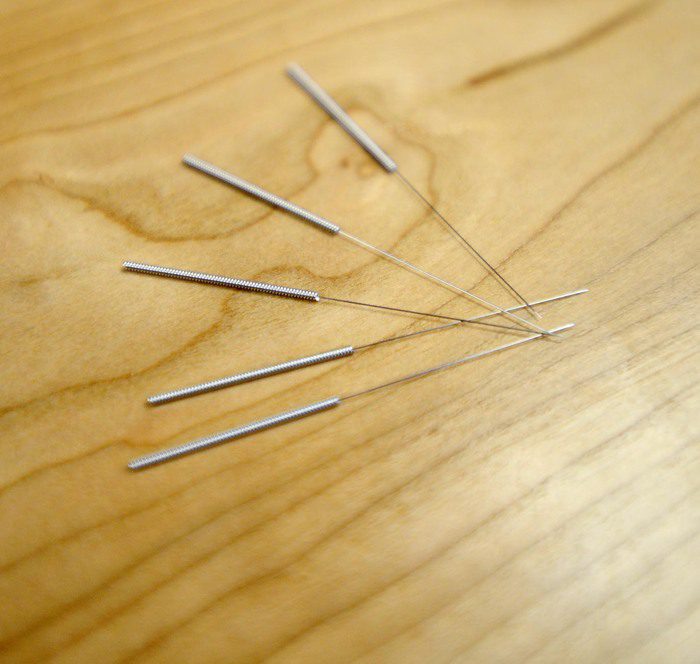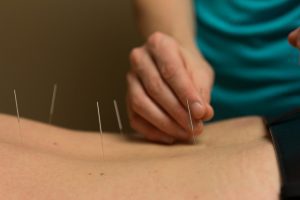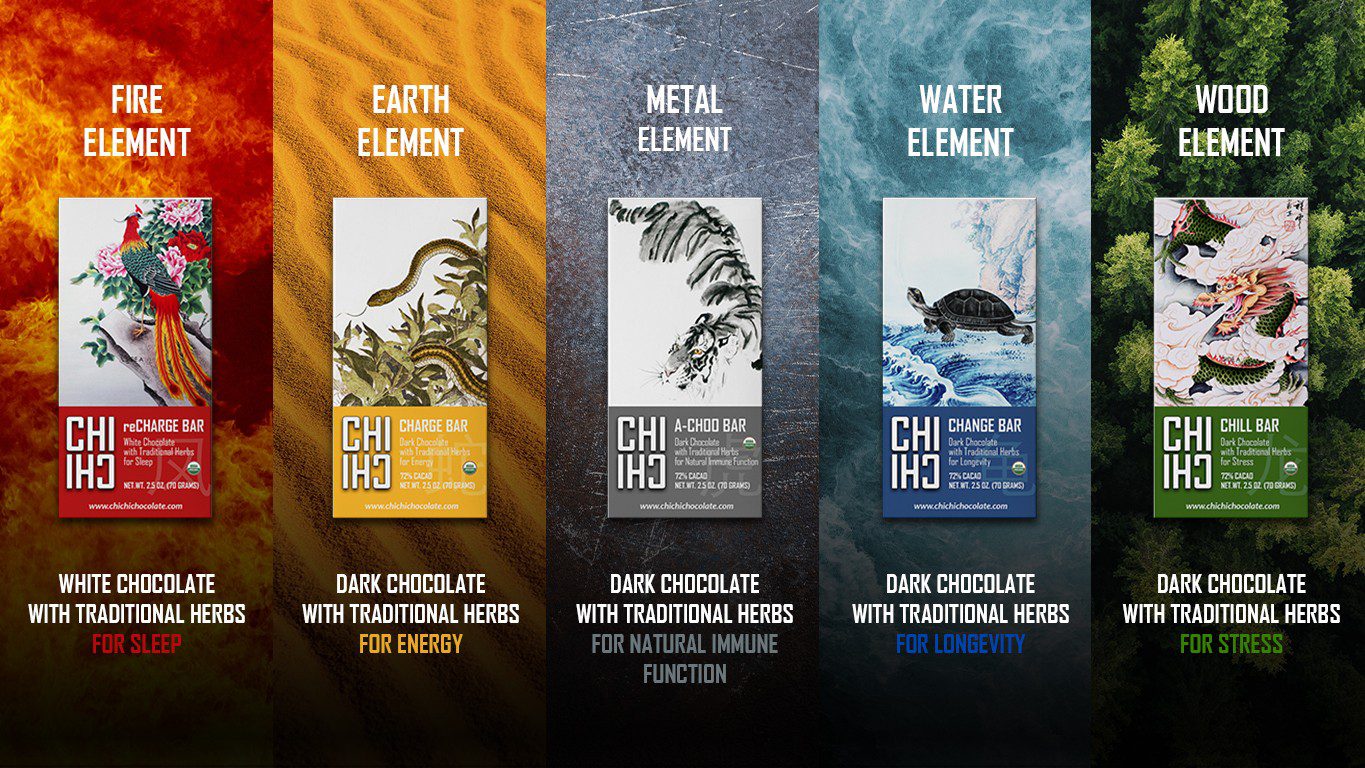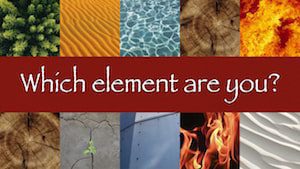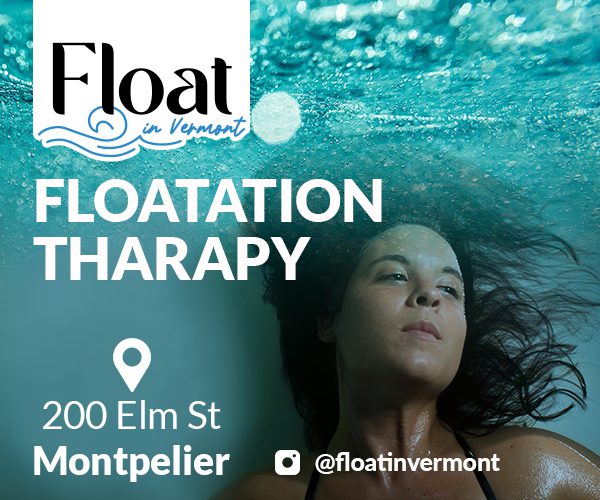The History of Dry Needling
Over thousands of years and generations of acupuncturists, there have been a variety of needling theories and techniques that have evolved. “Ashi point” needling dates back to Sun Si Miao of the Tang Dynasty (618 – 907 AD) in China. This is a kind of acupuncture that describes the same physiological understanding that’s identified as “trigger point” stimulation.
The term “trigger point” was coined by Dr. Janet Travell (1901-1997) in the early 1940’s. She recognized the neural hyperactivity that is associated with tender points in both muscle and fascia that “triggers” referred pain. Dr. Travell and fellow American physician Dr. David Simons injected various substances into these hyperirritable spots in muscle tissue. These substances included corticosteroids, analgesics, and saline, amongst others. Dr. Travell was a well-respected doctor at the time and later became President John F. Kennedy’s White House physician.
Wet Needling Became Dry
The wider use of “dry” needling started after a study in 1979 by a Czech physician, Dr. Karel Lewit. This study emphasized that the needling effect is distinct from that of the injected substance. Since then, numerous medical studies have found no difference between injections of different substances and dry needling in the treatment of musculoskeletal pain. Hence “wet” needling has mostly been abandoned for the more modern dry needling. Because of the fine nature of the acupuncture needle, it has become the tool of choice to stimulate the trigger points.
Dr. Chan Gunn is considered the founder of dry needling in Canada. In 1976 he wrote, “As a first step toward acceptance of acupuncture by the medical profession, it is suggested that a new system of acupuncture locus nomenclature be introduced, relating them to known neural structures.” Today, medical doctors and other health professionals are using dry needling effectively and extensively throughout the world for the relief of pain and dysfunction.
Acupuncture or Dry Needling
The difference or lack of difference between acupuncture and dry needling is a hotly debated topic nowadays. Most of the acupuncture profession clearly sees dry needling as the practice of acupuncture by another name with modern physiological terminology. While physical therapists, the fastest growing profession being trained in dry needling, are taught that acupuncture is based on Chinese medical theory so is a completely different practice.
The legalities of performing dry needling by a physical therapist have not been decided in many states. The state boards of Kansas, Idaho, New York, South Dakota, California, Oregon, Washington and Hawaii have stated it is not within the scope of practice of PTs and is not allowed to be offered by physical therapists in those states. In Vermont, it is still somewhat of a gray area. There are weekend trainings that are occasionally offered for physical therapists to learn this technique; hence there is a growing number of PTs that have added this to their toolboxes. There is still a big difference between seeing an acupuncturist who offers it and seeing a non-acupuncturist physical therapist who offers this technique. Ask about their qualifications and you’ll find out physical therapists learn this technique without any prior needling experience in one weekend. By contrast, acupuncturists practice with needles for over 3 years before offering this technique to the public.
Does Insurance Cover Dry Needling?
Currently dry needling is not a covered service by any health insurer, though some plans do pay for acupuncture. We are working legislatively as we speak to help increase access to acupuncture for all Vermonters. One large employer in Vermont whose plan includes acupuncture is the state itself. The practitioners at Integrative Acupuncture in Montpelier and Williston accept insurance and see many patients able to use their health insurance to cover their acupuncture treatments. Please feel free to contact us if there is interest in needling to help answer any questions that you may have.
We hope this gives you a better understanding of the history of dry needling and how it differs from acupuncture.

